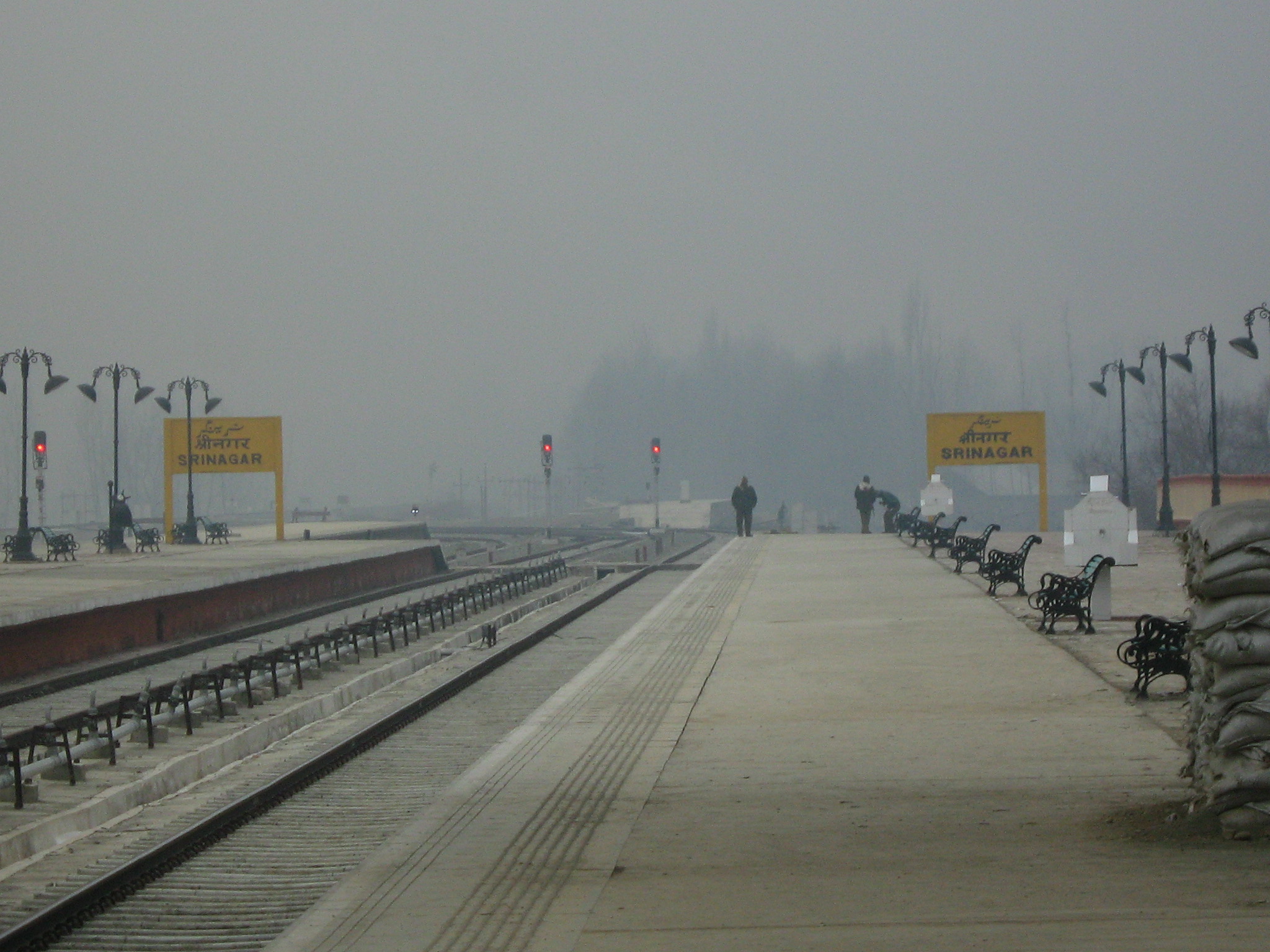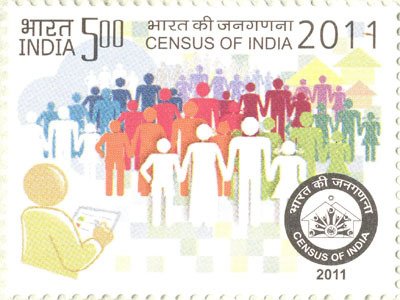|
Thasgam
Thasgam is a village in Drass tehsil in Kargil district of the Indian union territory of Ladakh. The village is located 36 kilometres from the district and tehsil headquarters Kargil. Demographics According to the 2011 census of India, Thasgam has 43 households. The literacy rate of Thasgam village is 70.70%. In Thasgam, male literacy stands at 84.57% while the female literacy rate was 55.92%. Transport Road Thasgam is well-connected by road to other places in Ladakh and India by the Srinagar-Leh Highway or the NH 1. Rail The nearest railway station to Thasgam is the Srinagar railway station located at a distance of 190 kilometres. Air The nearest airport is at Kargil located at a distance of 45 kilometres but it is currently non-operational. The next nearest major airports are Srinagar International Airport and Leh Airport located at a distance of 188 kilometres and 251 kilometres. See also *Ladakh *Kargil Kargil ( lbj, ) is a city and a joint capital of the un ... [...More Info...] [...Related Items...] OR: [Wikipedia] [Google] [Baidu] |
Dras
Dras (also spelt Drass, ISO transliteration: '), also known locally in Shina as Himababs, Hembabs, or Humas, is a town and hill station, near Kargil city in the Kargil district of the union territory of Ladakh in India. It is on the NH 1 (former name NH 1D before renumbering of all national highways) between Zoji La pass and Kargil city. A tourist hub for its high altitude trekking routes and tourist sites, it is often called "The Gateway to Ladakh". The government's official spelling of the town is Drass. Etymology Traditionally, Dras is known as ''Hem-babs'', which means "snow land" with the word "Hem" meaning snow. The average temperature of Dras in winter is -20 degrees Celsius. Geography Dras is often called "The Gateway to Ladakh". It is at a height of Dras lies in the centre of the valley of the same name (Dras valley). Dras is 140 km from Srinagar and 63 km from Sonmarg. Kargil town is further 58 km after Dras on the national highway NH 1 from ... [...More Info...] [...Related Items...] OR: [Wikipedia] [Google] [Baidu] |
States And Union Territories Of India
India is a federalism, federal union comprising 28 federated state, states and 8 union territory, union territories, with a total of 36 entities. The states and union territories are further subdivided into List of districts in India, districts and smaller administrative divisions of India, administrative divisions. History Pre-independence The Indian subcontinent has been ruled by many different South Asian ethnic groups, ethnic groups throughout its history, each instituting their own policies of administrative division in the region. The British Raj mostly retained the administrative structure of the preceding Mughal Empire. India was divided into provinces (also called Presidencies), directly governed by the British, and princely states, which were nominally controlled by a local prince or raja loyal to the British Empire, which held ''de facto'' sovereignty (suzerainty) over the princely states. 1947–1950 Between 1947 and 1950 the territories of the prin ... [...More Info...] [...Related Items...] OR: [Wikipedia] [Google] [Baidu] |
India
India, officially the Republic of India ( Hindi: ), is a country in South Asia. It is the seventh-largest country by area, the second-most populous country, and the most populous democracy in the world. Bounded by the Indian Ocean on the south, the Arabian Sea on the southwest, and the Bay of Bengal on the southeast, it shares land borders with Pakistan to the west; China, Nepal, and Bhutan to the north; and Bangladesh and Myanmar to the east. In the Indian Ocean, India is in the vicinity of Sri Lanka and the Maldives; its Andaman and Nicobar Islands share a maritime border with Thailand, Myanmar, and Indonesia. Modern humans arrived on the Indian subcontinent from Africa no later than 55,000 years ago., "Y-Chromosome and Mt-DNA data support the colonization of South Asia by modern humans originating in Africa. ... Coalescence dates for most non-European populations average to between 73–55 ka.", "Modern human beings—''Homo sapiens''—originated in Africa. Th ... [...More Info...] [...Related Items...] OR: [Wikipedia] [Google] [Baidu] |
Kushok Bakula Rimpochee Airport
Kushok Bakula Rimpochee Airport is a domestic airport serving Leh, the capital of Ladakh, India. It is the 23rd highest commercial airport in the world at above mean sea level. The airport is named after 19th Kushok Bakula Rinpoche, an Indian statesman and monk, whose Spituk Monastery is in direct vicinity to the airfield. Military use Due to the presence of mountain winds in the afternoon, all flights take off and land in the morning. The approach is challenging as it is unidirectional and has high terrain towards the eastern end of the airport. Airport security is highly restricted with Indian Army patrols. Due to its location in between the Himalayas, the approach to Leh Airport has been named as one of the world's most scenic approaches. Civilian use Civil aviation enclave In February 2016, it was reported that the Indian Air Force had handed the airport to Airports Authority of India, which planned to expand it for civilian purposes. However, the reports of IAF ... [...More Info...] [...Related Items...] OR: [Wikipedia] [Google] [Baidu] |
Sheikh Ul-Alam International Airport
Sheikh ul-Alam International Airport also known as Srinagar Airport and Budgam Airbase, is an international airport serving Srinagar, the summer capital of Jammu and Kashmir, India. It is owned by the Indian Air Force, and the Airports Authority of India operates a civil enclave at the airport. It was designated as an international airport in 2005. It has an integrated terminal and one asphalt runway. The airport is actually located in Budgam, which is from Srinagar. History Originally, the Srinagar Airport was used only by the Indian Air Force. During the Indo-Pakistani War of 1947, the airport received an airlift of Indian troops who prevented Pakistan from capturing the city of Srinagar. Although the airport was small and lacked landing aids, the airlift was still carried out successfully on 27 October. In September 1965, the Srinagar Airport was subjected to an air raid amid the Indo-Pakistani War of 1965, which left some aircraft damaged. In 1979, the Airports Auth ... [...More Info...] [...Related Items...] OR: [Wikipedia] [Google] [Baidu] |
Kargil Airport
Kargil Airport is a military airfield in Kargil district away from Kargil and from Leh. It is one of two airports in the union territory of Ladakh. The airport will be expanded for operation of commercial jets by the end of 2019. (Dzongkha and Ladakhi) History left, The Prime Minister, Shri Narendra Modi being received by local leader, on his arrival at Kargil Airport, in Jammu & Kashmir on August 12, 2014 The airport was built by the State Government of Jammu and Kashmir in 1996 for civilian operations. and was leased to the Airports Authority of India (AAI). Kargil rose to prominence in the late 1990s as the site of an undeclared war between India and Pakistan. AAI transferred the operational control and maintenance to Indian Air Force (IAF) because the airport was vulnerable to shelling by Pakistani forces. The civil enclave at the airfield is managed by the state government. The terminal building has the capacity to handle 100 peak hour passengers at a time. It wa ... [...More Info...] [...Related Items...] OR: [Wikipedia] [Google] [Baidu] |
Srinagar Railway Station
Srinagar railway station is a railway station of the city of Srinagar in the Indian union territory of Jammu and Kashmir. The station is part of the Jammu–Baramulla line and lies in Firozpur division, which once completed, will connect the city to the rail network of India. Currently, services are to Baramulla and Banihal. The railway line once fully completed is expected to increase tourism and travel to the Kashmir Valley. The work of last leg Chenab Bridge is in final stages and is expected to be completed by 2021. The station is also planned to be part of a second railway line, the Srinagar–Kargil–Leh line. History The station has been built as part of the Jammu–Baramulla line megaproject, intending to link the Kashmir Valley with Jammu Tawi and the rest of the Indian railway network. Location The station, in Nowgam, is 8 km from the city centre. The main hub of stations in Kashmir Is Budgam stations and where all trains are being repaired or any other se ... [...More Info...] [...Related Items...] OR: [Wikipedia] [Google] [Baidu] |
National Highway 1 (India)
National Highway 1 (NH 1) in India runs between the union territories of Jammu & Kashmir and Ladakh. It comprises parts of old NH1A and NH1D. The number 1 indicates, under the new numbering system, that it is the northernmost East-West highway in India. History A track between Srinagar in the Kashmir Valley and Leh in Ladakh had existed since medieval times, and it was a prime trade route for many centuries. It passed through the Zoji La pass——over the Great Himalayan range, which is snowbound for half the year. After the Independence of India, the Government of Jammu and Kashmir started building a motorable road along the route in 1954. The construction was suspended in 1958 after discovery of corruption among the contractors and engineers, and an enquiry was initiated. In 1960, the Government of India created the Border Roads Organisation (BRO) to take charge of strategic border roads and it was entrusted with completing the road. Setting up a 'Project Bea ... [...More Info...] [...Related Items...] OR: [Wikipedia] [Google] [Baidu] |
Scheduled Tribe
The Scheduled Castes (SCs) and Scheduled Tribes (STs) are officially designated groups of people and among the most disadvantaged socio-economic groups in India. The terms are recognized in the Constitution of India and the groups are designated in one or other of the categories. For much of the period of British rule in the Indian subcontinent, they were known as the Depressed Classes. In modern literature, the ''Scheduled Castes'' are sometimes referred to as Dalit, meaning "broken" or "dispersed", having been popularised by B. R. Ambedkar (1891–1956), a Dalit himself, an economist, reformer, chairman of the Constituent Assembly of India, and Dalit leader during the independence struggle. Ambedkar preferred the term Dalit to Gandhi's term, Harijan, meaning "person of Hari/Vishnu" (or Man of God). In September 2018, the government "issued an advisory to all private satellite channels asking them to 'refrain' from using the nomenclature 'Dalit'", though "rights groups a ... [...More Info...] [...Related Items...] OR: [Wikipedia] [Google] [Baidu] |
2011 Census Of India
The 2011 Census of India or the 15th Census of India, Indian Census was conducted in two phases, house listing and population enumeration. The House listing phase began on 1 April 2010 and involved the collection of information about all buildings. Information for National Population Register (NPR) was also collected in the first phase, which will be used to issue a 12-digit unique identification number to all registered Indian residents by Aadhaar, Unique Identification Authority of India. The second population enumeration phase was conducted between 9 and 28 February 2011. Census has been conducted in India since 1872 and 2011 marks the first time biometric information was collected. According to the provisional reports released on 31 March 2011, the Indian population increased to 1.21 billion with a decadal growth of 17.70%. Adult literacy rate increased to 74.04% with a decadal growth of 9.21%. The motto of the census was 'Our Census, Our future'. Spread across 28 States of ... [...More Info...] [...Related Items...] OR: [Wikipedia] [Google] [Baidu] |
Kargil
Kargil ( lbj, ) is a city and a joint capital of the union territory of Ladakh, India. It is also the headquarters of the Kargil district. It is the second-largest city in Ladakh after Leh. Kargil is located to the east of Srinagar in Jammu and Kashmir, and to the west of Leh. It is the centre point of the Suru River. Etymology The name ''Kargil'' is said to derive from the words ''Khar'', meaning castle, and ''rKil'' meaning "centre". "Kargil denotes a place between many forts, a central place where people could stay". It appears to be a fitting description for a place that is equidistant from Srinagar, Leh and Skardu Historically, the region around Kargil was called Purig. A major study of the history of Purig is included in the 1987 book ''Qadeem Ladakh'' by Kacho Sikander Khan, which includes genealogies of various dynasties that ruled the region. History Kargil is the main town in the historical region of Purig, which consists of the Suru river basin. It was ... [...More Info...] [...Related Items...] OR: [Wikipedia] [Google] [Baidu] |


.jpg)

